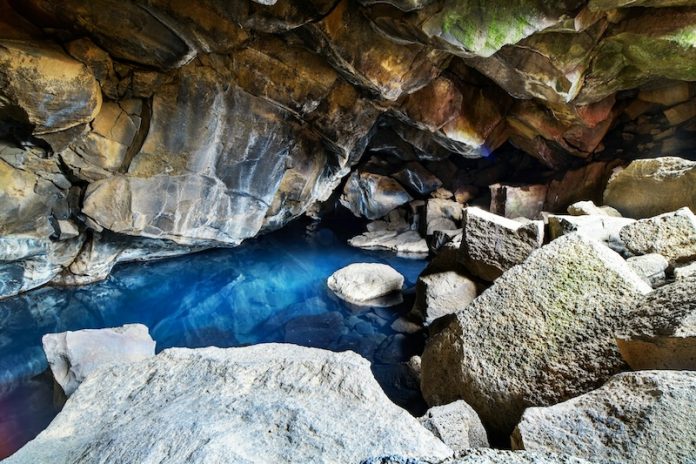
Deep beneath the Earth’s surface, hidden from sight, lies a world that few of us ever think about. Yet, our actions above ground are having a profound effect on this underground realm.
Researchers from the University of Arizona have recently taken a closer look at how human activities influence the depths of the Earth, ranging from a few hundred meters to several kilometers below us.
The study, led by Jennifer McIntosh, a professor of hydrology, and published in the journal Earth’s Future, focuses on how our need for resources like oil and gas and our attempts to mitigate climate change are affecting underground water movements.
This area of research is crucial because it helps us understand not just what we can see, but also the unseen impacts of our actions.
For many years, we have known that human activities such as burning fossil fuels and cutting down forests affect our planet’s surface and atmosphere.
However, the impact on the deep subsurface—the layers deep beneath the Earth’s surface—has not been as widely recognized or understood.
The research team, which includes experts from universities and institutes across Canada, the U.S., Sweden, and South Korea, found that the way we extract resources like oil and natural gas involves handling large amounts of water that naturally resides underground.
This water, often millions of years old and salty, is brought to the surface during extraction. To maintain the pressure in these underground reservoirs and make oil recovery more efficient, fresh water is sometimes mixed with this saline water and reinjected back into the ground.
This cycle of extraction and reinjection alters the natural flow and storage of underground water. Normally, water moves through these deep layers at a slow, natural pace.
But the study reveals that human activities have greatly increased the rate of this movement, surpassing what occurs naturally.
The implications extend beyond just water movement. Techniques like hydraulic fracturing, commonly known as fracking, which involves breaking apart rocks to access oil or gas, can introduce new microbial life into these deep environments.
This can potentially disrupt existing microbial ecosystems that have evolved over millennia.
Furthermore, strategies proposed to help fight climate change, such as storing carbon dioxide in underground rocks (geologic carbon sequestration), extracting lithium for electric vehicle batteries, or generating electricity from geothermal energy, also involve manipulating these deep subsurface waters.
For instance, geothermal energy production requires pumping water into hot rocks deep underground to create steam, which is then used to generate electricity.
Similarly, extracting lithium involves pumping out mineral-rich brine from deep underground layers. Each of these processes involves returning the leftover water back underground, adding to the cycle of fluid movement initiated by oil and gas extraction.
The study emphasizes the need for responsible management of these subsurface activities.
As the demand for energy and minerals grows, and as we seek underground solutions to environmental problems, it becomes increasingly important to understand and mitigate our impact on these hidden depths.
While we often hear about the importance of protecting the air we breathe and the water we drink, the underground world requires just as much attention.
The deep subsurface is not just an abstract, distant layer beneath our feet; it’s an integral part of our planet’s system that can influence water cycles, climate change, and even the stability of the ground above.
Despite its importance, our knowledge of the deep subsurface is surprisingly limited.
We know more about the surface of Mars than we do about the underground networks of water, rock, and life deep beneath our own planet. This gap in knowledge highlights the need for continued research and exploration.
In conclusion, as we continue to explore and utilize the deep subsurface, we must do so with caution and respect for the delicate balance that exists beneath our feet.
The decisions we make today will not only affect our environment and climate but also define our relationship with the planet’s most hidden resources.
The research findings can be found in Earth’s Future.
Copyright © 2024 Knowridge Science Report. All rights reserved.



